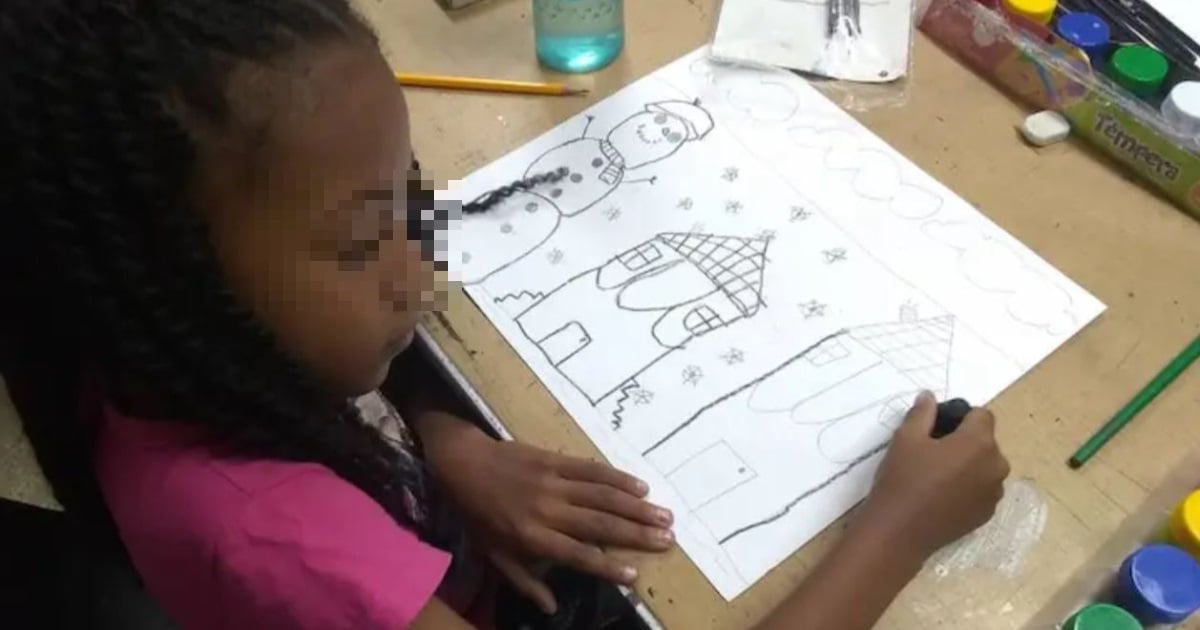This past weekend, the Loyola Reina Center was in mourning as it confirmed that among the victims of a building collapse on the morning of July 12 on Monte Street 722 in Old Havana, was one of its students: Alejandra Cotilla, a mere seven-year-old with an extraordinary gift for visual arts. Her parents, also active members of the educational and spiritual community, perished alongside her. The tragedy struck an entire family, leaving an indelible mark on those who shared life, faith, and hope with them.
In a heartfelt message shared on social media, the Loyola Center remembered Alejandra as "the youngest in our Drawing Workshop," admired for her creativity, joy, and artistic passion. Although her time at the center was short, she profoundly touched both teachers and classmates, who now mourn her alongside her parents.
"Always present and attentive, she exemplified kindness and dedication to her daughter's growth," the institution wrote, referring to Alejandra's mother. "Her smile will be an inspiration to us all."
A Preventable Tragedy
The collapse of the building, situated between Rastro and Carmen, didn't come as a surprise to the neighborhood residents. As is common in many parts of Old Havana and Central Havana, dilapidated buildings, leaks, and weakened structures are part of everyday life. This time, the consequence was the loss of an entire family.
Government and Party officials, along with neighbors and rescue teams from the Fire Department and the National Revolutionary Police (PNR), worked tirelessly to reach the interior of the building, aware that three people were trapped inside. Tragically, their efforts were in vain. None survived.
Initially, official sources withheld the names of the deceased, but the Loyola Reina Center revealed the identities of the three community members, putting faces to a tragedy that has become almost routine in state media.
Calling for Change
In their message, the Center made a collective call to action: "We pray to the Father for structural changes so that thousands of Cubans no longer have to risk their lives living in dilapidated homes." Amidst the grief, the statement turned into a deeper denunciation: the housing crisis is a ticking time bomb threatening Cuban families daily.
The collapse at Monte 722 was not a mere accident. It was the culmination of decades of decay, lack of investment, and institutional neglect in a nation where luxury hotels rise just blocks from crumbling homes. All across Cuba, while the tourism infrastructure expands, the housing stock deteriorates irreparably. Thousands live in fear of their ceilings collapsing. Alejandra and her parents were not victims of a storm or earthquake but of a system that consistently fails at the most fundamental task: safeguarding human life.
Understanding the Housing Crisis in Cuba
What caused the building collapse in Old Havana?
The building collapse in Old Havana was caused by decades of decay, disinvestment, and neglect, common in many parts of the city.
How did the community react to the tragedy?
The community was deeply affected, with the Loyola Reina Center mourning the loss and calling for structural changes to prevent further tragedies.
Why are building collapses frequent in Havana?
Building collapses are frequent due to the poor state of many structures, exacerbated by a lack of maintenance and investment in housing infrastructure.
